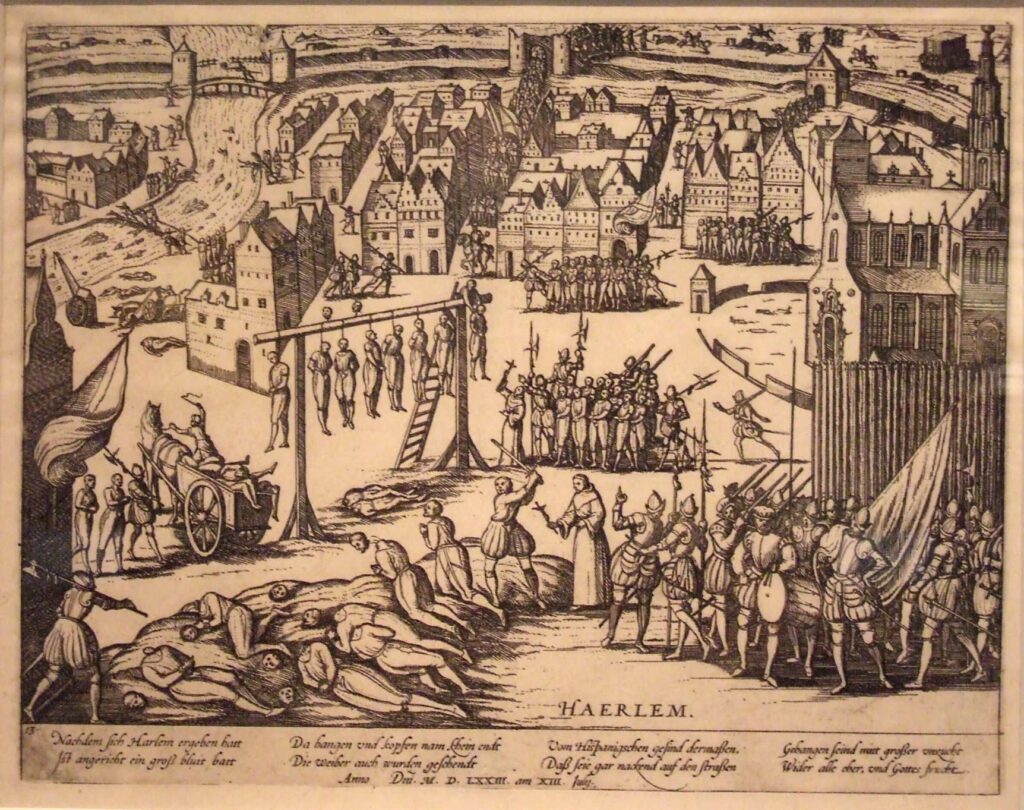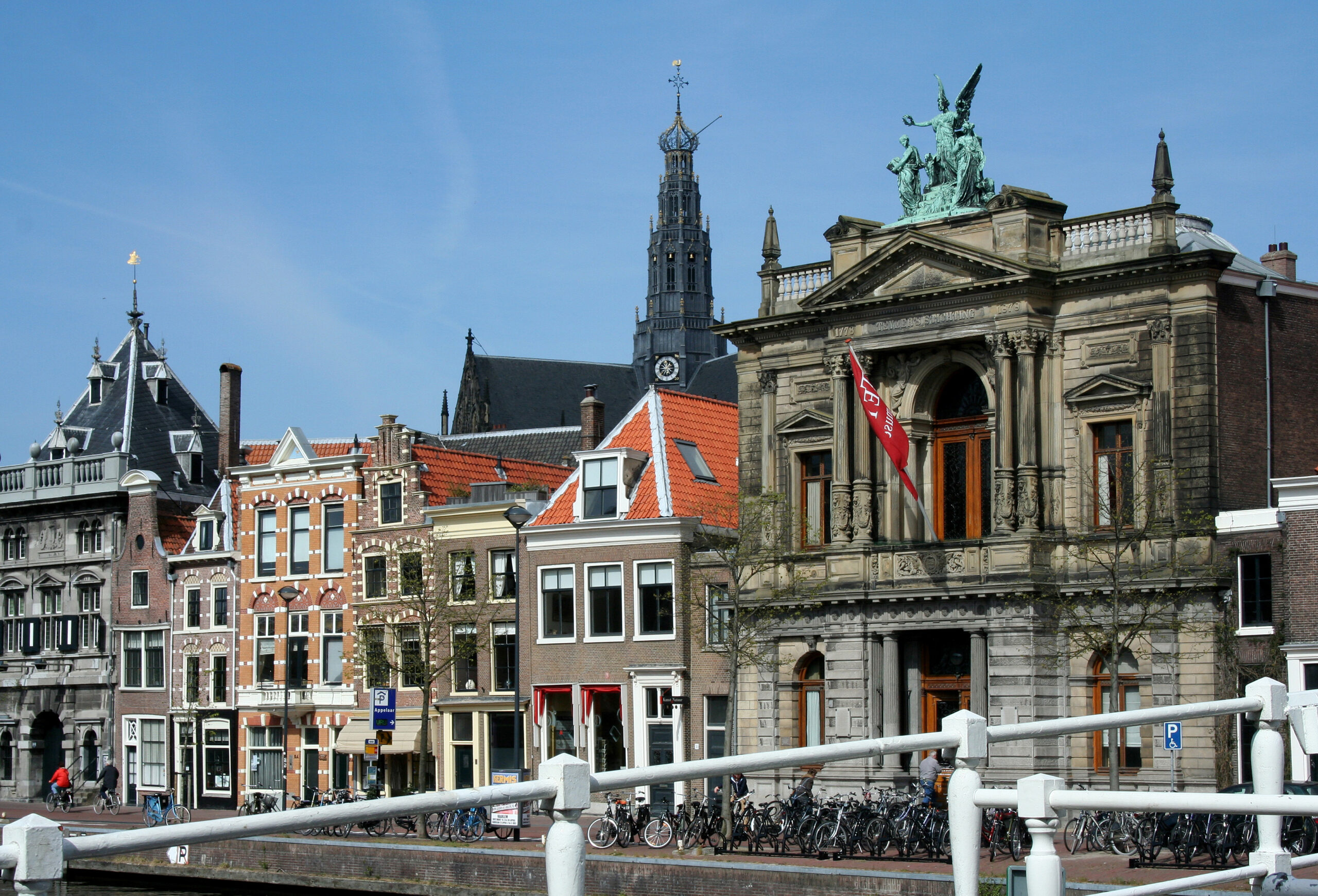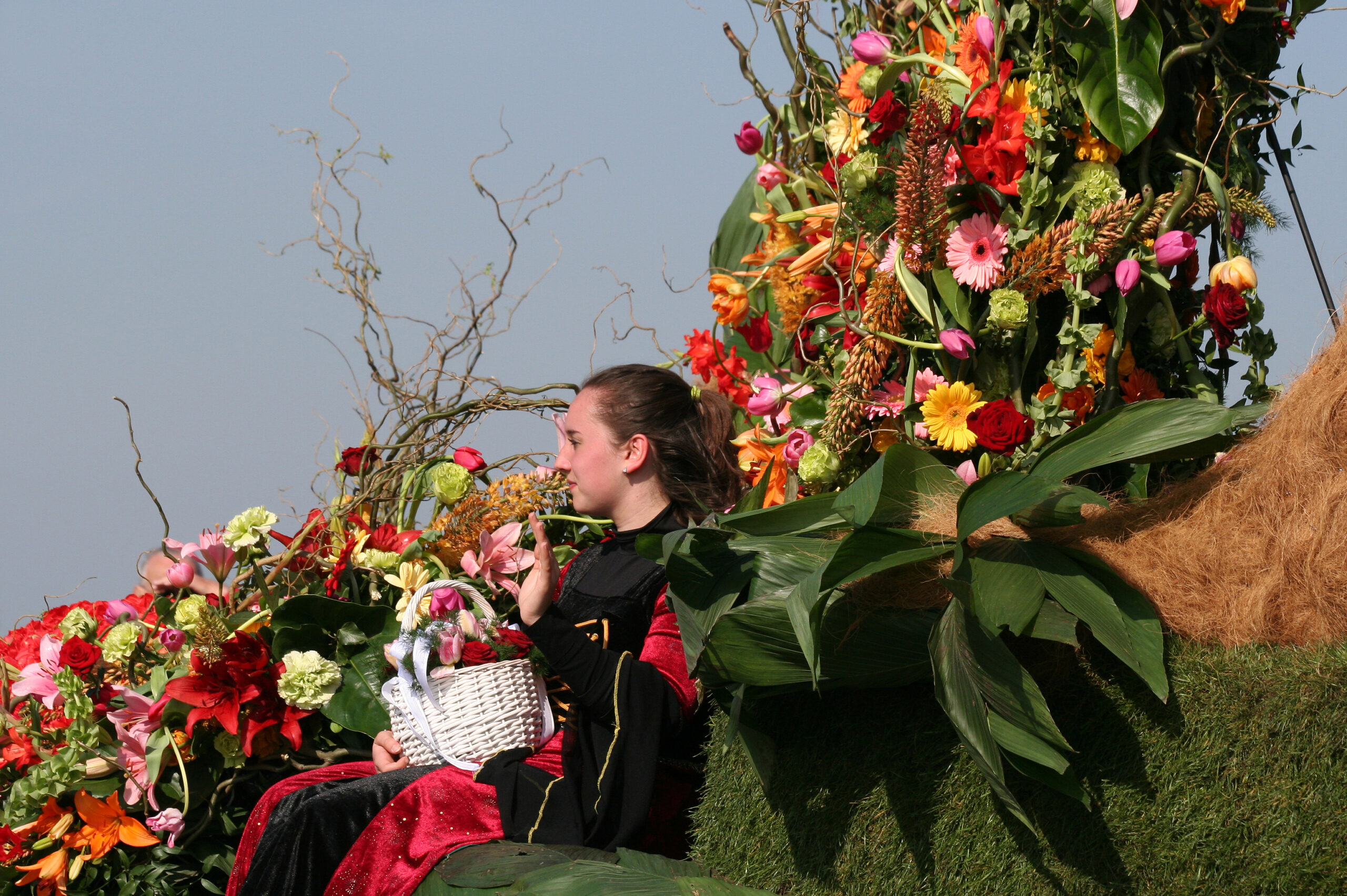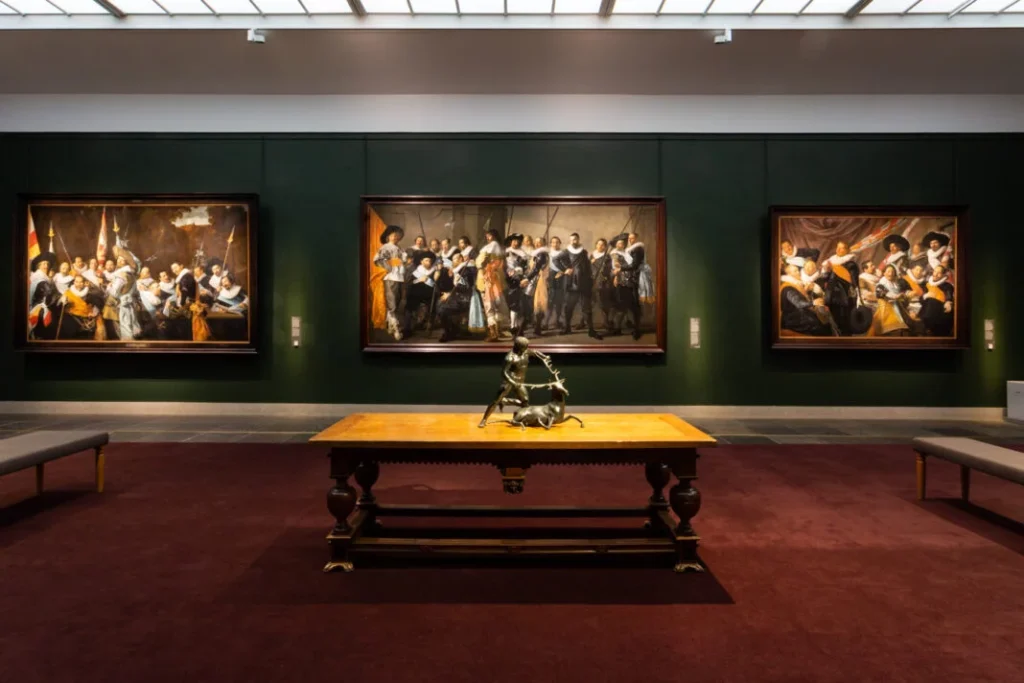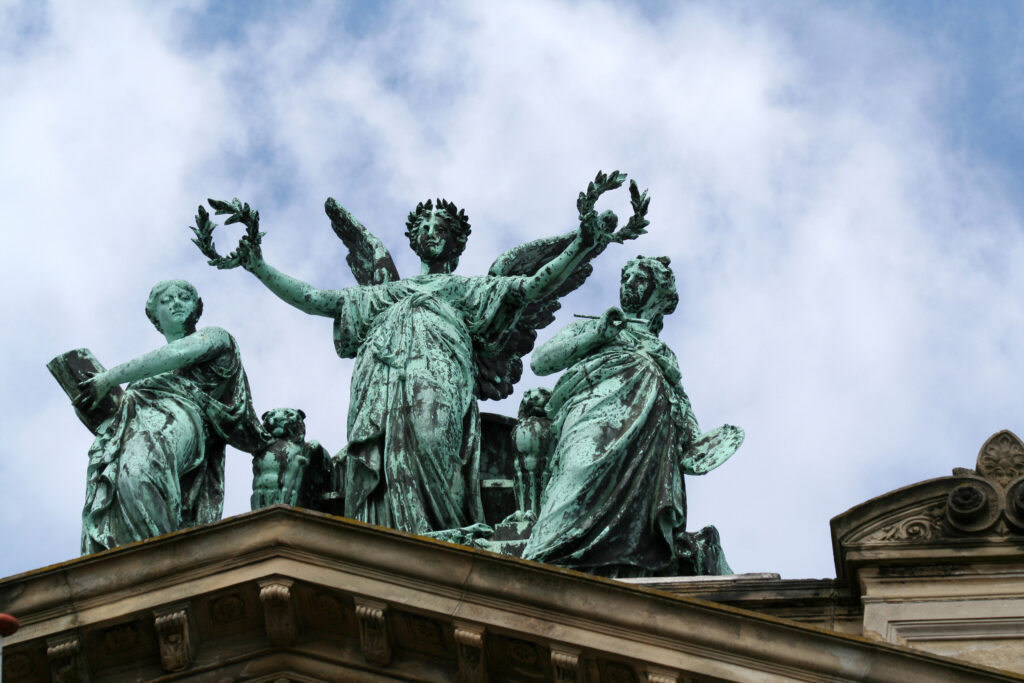haarlem
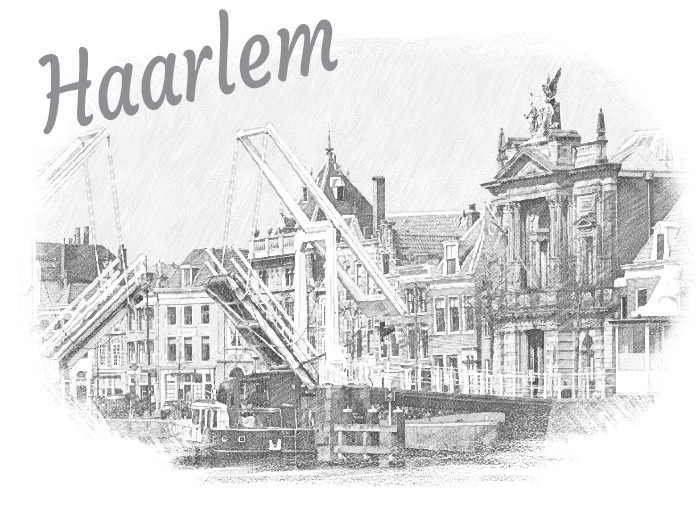
Just a short distance from Amsterdam,
Haarlem stands as an enchanting gem waiting to be explored. Just a short distance from Amsterdam, this charming city boasts a rich history, exquisite architecture, and a vibrant cultural scene that leaves visitors mesmerized.
Known as the “Flower City” due to its thriving flower industry, Haarlem is a place of beauty and tranquility. Wandering through its cobbled streets, one can’t help but be captivated by the well-preserved buildings, adorned with intricate facades and steeped in centuries of history. The Grote Kerk, a majestic Gothic cathedral, is one of the city’s most iconic landmarks, and its towering presence leaves a lasting impression on all who visit.
Haarlem’s cultural heritage is equally compelling, boasting an array of museums, galleries, and theaters that cater to all artistic tastes. The Frans Hals Museum, named after the famed Dutch Golden Age painter, houses an impressive collection of Dutch art, while the Teylers Museum showcases a diverse range of scientific and artistic exhibits.
Beyond its cultural riches, Haarlem’s warm and welcoming atmosphere beckons travelers to indulge in its delightful cafes, boutique shops, and vibrant markets. A bike ride through the city’s leafy parks and along the serene canals adds to the sense of tranquility that permeates the air.
Haarlem is a city that effortlessly combines its storied past with contemporary allure. Whether strolling through its historic streets, admiring its artistic treasures, or simply savoring the laid-back ambiance, this captivating destination has a unique charm that will forever captivate the hearts of its visitors.
How the Haarlemmer got his nickname (mosquito).
Wicked witch
The witch Hille Babbe used to live in Haarlem and to end the day she always liked to fly around the tower of the Grote Kerk (Bavokerk) on her broom. Of course she didn’t do this until everyone had gone to bed, otherwise people would see that she was a witch. On a balmy summer evening everyone was still hanging out in the street. It was way too hot to sleep. Hille Babbe was very annoyed, because now she couldn’t fly her evening round. The witch strolled over the Grote Markt and brooded on a plan.
Fire
The tower keeper’s eyes nearly closed when he suddenly heard a loud scream. “Fire, braaaaaand!” there was a roar. The watchman looked out and indeed saw a large, black cloud of smoke. Startled, he grabbed his alarm horn and blew his lungs out.
When he came down to the market, it was already full of people. Everyone took a bucket and formed a long garland to bring water from the Spaarne to the church. A family that lived near the Amsterdamse Poort also took action. Father, mother and seven children: they all ran towards the fire. In the crowd, however, they lost the smallest child, a boy.
Mosquitoes
The curious little boy didn’t mind and walked all the way forward on his own so he could get a good look at that cloud of smoke. He squinted with his tiny eyes and suddenly said, “Mosquitoes. Those are dancing mosquitoes.’ The man next to him heard this and also took a good look at the cloud of smoke. Indeed! They were mosquitoes. He nudged his wife and told him, but she did not believe him. ‘Children speak the truth. There’s no fire, they’re just mosquitoes,” the man insisted. The news then went through the entire people’s pendulum, from one to the next. The buckets were put away and everyone quickly went to bed. And Hille Babe? She laughed a lot and was finally able to fly her circle around the tower.
The Amsterdamse Poort
The Amsterdamse Poort, formerly called Spaarnwouderpoort, is a Haarlem city gate from 1486. The gate is located at the end of the Spaarnwouderstraat and the old route from Amsterdam to Haarlem. After its foundation it was called the Spaarnwouderpoort because the road to Amsterdam at that time ran through Spaarnwoude in connection with the passage of the Liede.
The Amsterdamse Poort is the only gate left of the original fourteen city gates. It is also the very first gate to be mentioned. It was built during the first expansion of the city, when the Burgwal, an area east of the Spaarne, was drawn within the ramparts.

The Siege of Haarlem
The Siege of Haarlem began December 3, 1572 with a letter from Stadtholder Bossu and Fadrique Álvarez de Toledo (better known in Dutch literature as Don Frederik), son of the dreaded Duke of Alva, to the people of Haarlem asking them to surrender. to give. The refusal was followed by a siege that lasted more than seven months, which ended on July 13, 1573, when the city surrendered, after which several thousand soldiers and civilians were executed. The siege is considered one of the most infamous events of the Eighty Years’ War.

Tourism is becoming increasingly important in Haarlem, after the four major cities (Amsterdam, Rotterdam, The Hague and Utrecht) the city has the most foreign tourists per year. This large number of foreign visitors can be explained by the favorable location near Schiphol and Amsterdam and near the coast and the wide range of cultural history, shops and restaurants.
The main attraction is the historic city center, which has a large number of monumental buildings, including many churches and courtyards, and has the status of a protected cityscape. The city also offers a number of important museums: the Frans Hals Museum & de Hallen and the Teylers Museum are among the 10 most visited museums in North Holland outside Amsterdam.

In the event area, the flower parade between Noordwijk and Haarlem, Jazzstad, the Bloemenweekend and Bevrijdingspop are among the items; the flower parade is even the largest event in the province with approximately 1 million visitors.
ST. BAVO CHURCH
The Grote or St. Bavokerk has been nicknamed ‘John with the high shoulders’ because the tower is quite small in relation to the rest of the building. Haarlem’s largest church was built between 1370 and 1520 on the site of a burned-down smaller church. In the church you can see the tombstones of Frans Hals and Pieter Teyler. You can also see the famous Christian Müller organ, which Mozart played as a child. The houses built against the south side of the church are special.

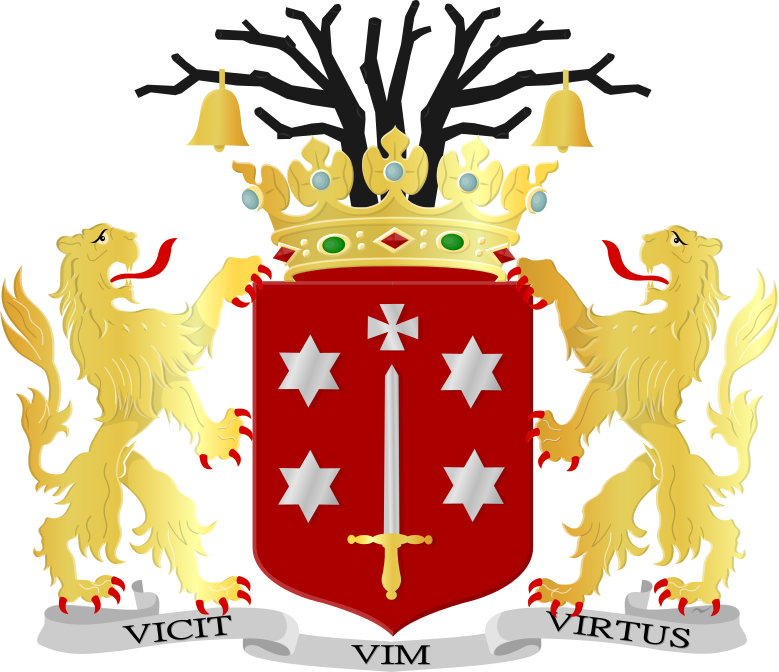
The coat of arms consists of a red field containing a silver sword with a gold handle, surmounted by a cross and flanked by four six-pointed silver stars. Furthermore, the weapon consists of a dry tree with two hanging bells (see Damiaatjes). On either side of the coat of arms are two golden lions as shield holders. The coat of arms covered with a gold marquis crown. ‘Vicit vim virtus’ is the motto, this is Latin for: “Courage has conquered violence” The shield holders used to be two deer, pointing to the deer that still lived in the Haarlemmerhout at that time. The withered tree in the coat of arms would refer to the Haarlemmerhout.

frans hals museum
Frans Hals (1582/83–1666) painted no fewer than six civic guard paintings; group portraits of groups of armed citizens who, like a seventeenth-century neighborhood watch, maintained order and, if necessary, defended the city against attackers. The first dates from 1616 and the last is from 1639. Few other Dutch painters of the seventeenth century are known for such a large production. His loose brushstroke and the unprecedentedly lively compositions make these paintings a feast for the eyes. Frans Hals can therefore safely be called the master of the militia piece.
Teylers Museum
Teylers Museum is a museum for science and art in the Dutch city of Haarlem. It was founded in 1778 as a book and art hall – a public venue for art and science. Both the building and the museum interior have the status of national monument.[2] The museum has the oldest Dutch museum room, the interior of which has been preserved almost in its original condition.
The museum is named after Pieter Teyler van der Hulst (1702-1778), a wealthy Haarlem cloth and silk manufacturer and banker.
The collection includes physical instruments such as the large electrostatic machine from the 18th century, fossils, paintings, drawings, coins and tokens. The museum also houses a special collection of drawings and prints, including 25 original drawings by Michelangelo, including preliminary studies for the ceiling paintings of the Sistine Chapel in the Vatican in Rome. The museum also owns works by Rembrandt, Raphael, Goltzius and Claude Lorrain.










